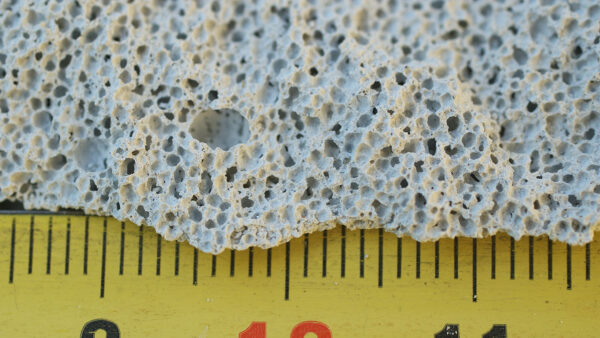
Balfour Beatty has failed in its bid to force an architect to search its archives for documents relating to a legal dispute over cladding defects on a building completed 13 years ago.
Judge Mrs Justice Jefford ruled in the Technology and Construction Court that Balfour could not make architect Broadway Malyan sift through the documents relating to the six-storey Hive building in London’s Bethnal Green.
Mansell Construction, taken over by Balfour Beatty in 2014, won a contract to build the Hive in 2008. Broadway Malyan won the role of architect and its appointment was then novated to Mansell.
In June 2021, the current owner of the building, Hive Bethnal Green Limited (HBGL) issued a claim form against Balfour Beatty over the cladding on the building.
Far-reaching request
Balfour Beatty’s solicitors subsequently wrote to Broadway Malyan’s solicitors in January this year, saying they were keen to understand the background of the case. They asked for: “All work products such as drawings, designs, specifications, the original appointment of your client (signed version), site inspections records (relating to the façade and related works), the fire strategy report/equivalent, and the letter issued to JG Colts [the original developer]/the employer on final inspection of the works.”
Mrs Justice Jefford said that this was “on any view a far-reaching request for documents”.
Broadway Malyan’s solicitors replied to say that, as the design-and-build contractor, Balfour Beatty should have the documentation its solicitors were asking Broadway Malyan for. They made the point that it was for Balfour Beatty to investigate the claims against it, that Broadway Malyan had very little detail of the alleged defects, and had no duty to disclose documents at this very early stage.
In April, Balfour Beatty applied for a court order to force Broadway Malyan to disclose the documents.
Balfour’s application turned down
But Mrs Justice Jefford turned down the application for the order.
In her decision, she said: “The difficulties that Balfour Beatty face with lack of documentation are far from unusual in cases where claims are brought many years after the completion of the works, as they frequently are in the Technology and Construction Court.”
She added: “Both parties are faced with a position in which they do not have ready access to documents dating back years and may not even have those documents in their possession at all. Documents appear to have been moved and lost; emails are in an unreadable form.”
Broadway Malyan said that the architect’s Reading office, which has since closed, undertook the project. According to a witness statement from the architect, older documents, including emails, would have been recorded on tape and external IT support will be needed to read them. Some electronic project files have been located, but used software which the architect no longer has so cannot easily be accessed.
Documents retrieved from storage
Meanwhile, 15 boxes of hard copy documents have been retrieved from offsite storage and are being reviewed.
Mrs Justice Jefford said: “Both parties face similar difficulties in searching such hard copy documents as they have and in locating and reading electronic documents and communications for which further IT support is likely to be required.
“The claimant’s application seeks to place on the defendant the burden of searching for, finding and identifying the relevant documents, against the background of the difficulties that both parties face.
“The application, if granted, would also require the defendant to do so when there is only the most general articulation of what Broadway Malyan is searching for. In itself, that runs contrary to the purpose of the practice direction. For these reasons, I do not make the order for disclosure sought.”
The post Balfour Beatty fails in attempt to gain cladding documents from architect appeared first on Construction Management.












